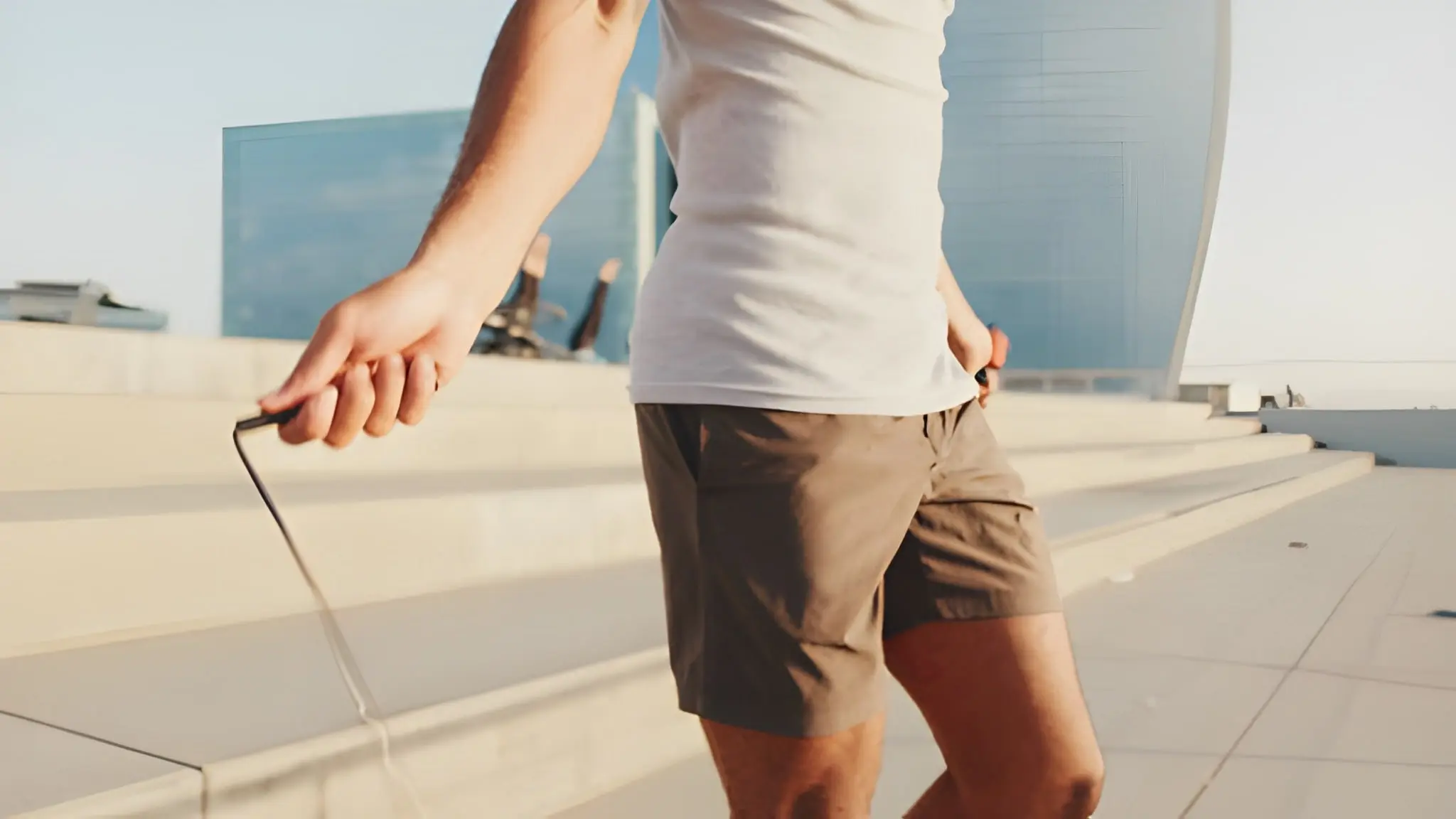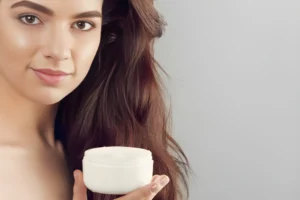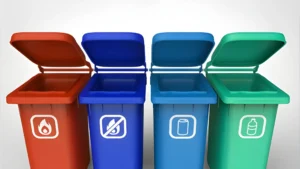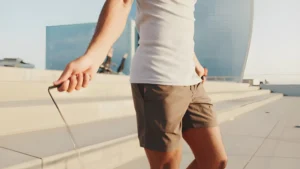Modern mens shorts integrate construction techniques and material innovations that address the competing demands of all-day wearability, long-term durability, and contemporary styling expectations. The evolution from simple cut-off trousers to purpose-designed garments reflects understanding of how different activities stress fabrics and seams differently. Athletic shorts endure repeated washing and high-movement stress, requiring reinforced construction that casual shorts might not need. Style preferences have shifted toward slimmer fits and cleaner lines, but these aesthetic choices can compromise comfort if not executed with proper pattern design and fabric selection. Quality shorts demonstrate that these three priorities needn’t conflict when manufacturers apply appropriate engineering to construction methods and material choices.
Fabric Engineering for Extended Wear Comfort
Breathability in shorts fabrics depends on fiber structure and weave density. Natural fibers like cotton and linen allow air circulation through fiber gaps, while synthetic materials rely on engineered structures or chemical treatments for breathability. Cotton-polyester blends in 60/40 or 50/50 ratios attempt to combine cotton’s comfort with polyester’s durability and moisture management, though the exact blend ratio significantly affects performance characteristics.
Moisture management becomes critical during physical activity or hot weather. Hydrophobic synthetic fibers actively repel moisture, pushing sweat to fabric surfaces for faster evaporation. Hydrophilic treatments on synthetics pull moisture away from skin without the fiber itself absorbing water. The practical difference shows up during extended wear—hydrophobic fabrics dry almost immediately but can feel clammy initially, while hydrophilic treatments provide better immediate comfort but take slightly longer to dry completely.
Fabric recovery—how well material returns to original shape after stretching—prevents the saggy, worn-out appearance that develops in lower-quality shorts. Fabrics with good recovery maintain their fit through repeated wear and washing cycles. Testing this is difficult in stores, but checking fabric composition helps—materials with 2-4% elastane typically recover better than 100% cotton or polyester.
Seam Construction and Stress Point Reinforcement
Flat-felled seams create stronger, more durable joins than standard seams by enclosing raw edges and using double rows of stitching. This construction method is commonly used in higher-quality casual and dress shorts, particularly along inseams and outseams where stress concentrations occur during movement. The seams lie flatter against skin too, reducing chafing during extended wear or athletic activity.
Bartack reinforcement at pocket corners and fly openings prevents tearing at these high-stress points. Quality shorts include bartacks at minimum of pocket tops and bottom fly, with premium options adding reinforcement at belt loops and other stress zones. The bartack stitching pattern—typically a tight rectangular or triangular cluster of stitches—distributes stress across a larger area rather than concentrating it at single points.
Gusset construction in athletic shorts adds a diamond-shaped fabric panel at the crotch seam intersection, eliminating the point where four seams meet and significantly improving durability. This also enhances mobility by allowing fabric to move multi-directionally without creating tight spots. Most athletic shorts include gussets, but they’re less common in casual styles even though they’d improve comfort there too.
Waistband Architecture and Closure Mechanics
Waistband width affects comfort during extended sitting or bending. Narrow waistbands (2.5-3.5 cm) create less bulk and feel lighter but can dig into skin when cinched tight. Wider waistbands (4-5 cm) distribute pressure across larger areas, feeling more comfortable over long periods though they add slight weight and visual bulk. Internal gripper tape or silicone strips help keep shirts tucked when that’s desired, though this feature is more common in dress shorts than casual styles.
Button fly closures provide traditional appearance and reliable security but require more time to fasten than zip flies. Quality button holes with proper bar tacks at each end prevent tearing and button loss. Zip flies offer convenience and create cleaner lines, with YKK zippers generally outperforming no-name alternatives in smoothness and durability. Two-way zippers, occasionally found in longer shorts, allow venting from bottom without lowering the waistband.
Hook-and-bar closures combined with zips provide more secure fastening than buttons alone, distributing closure stress across multiple points. This construction is standard in dress shorts and better casual options, though purely athletic shorts often skip these details entirely in favor of simpler elastic/drawstring systems.
Color Fastness and Fade Resistance
Dye quality and application methods determine how well shorts maintain color through repeated washing and sun exposure. Solution-dyed fabrics, where color is added during fiber production rather than applied afterward, provide superior fade resistance but limit color options and cost more. Post-dyed fabrics offer more color variety at lower costs but fade faster with exposure to UV and washing chemicals.
Darker colors—navy, black, charcoal—show fading more obviously than lighter shades. Quality dark shorts should maintain deep color for at least 20-30 wash cycles before noticeable lightening occurs. Cheaper dye processes show fading after just a few washes. Unfortunately, there’s no reliable way to predict fade resistance from product descriptions—brand reputation and fabric content provide the best guidance.
Colorfast ratings, when provided, indicate resistance to color transfer and fading. Ratings of 4-5 on a 5-point scale suggest good performance, while ratings below 3 indicate poor color retention. Most manufacturers don’t publish these ratings, so consumer reviews become valuable for assessing real-world performance.
Hardware Quality and Longevity Indicators
Button and rivet construction reveals overall quality attention. Metal shanked buttons sewn through reinforced fabric patches withstand stress better than plastic buttons with minimal backing. Rivets at pocket corners and other stress points should sit flush without sharp edges that catch on fabric or skin. Copper or brass rivets resist corrosion better than plain steel, which can rust and stain fabric during washing.
Zipper quality significantly impacts durability and daily frustration levels. Metal teeth provide superior durability compared to plastic coil zippers, though they’re heavier and can cause more damage if they fail catastrophically. YKK brand zippers have earned their reputation through consistent quality—their products rarely separate or jam compared to generic alternatives that might save a few cents in manufacturing costs.
Belt loop attachment method matters more than expected. Loops sewn into waistband seams provide strongest attachment, while surface-sewn loops can tear away under stress. Loop width should be at least 3.5 cm to accommodate standard belt widths without belts twisting sideways during wear.
Also Read-Trawling vs. Trolling: Differences, Techniques & Impact











